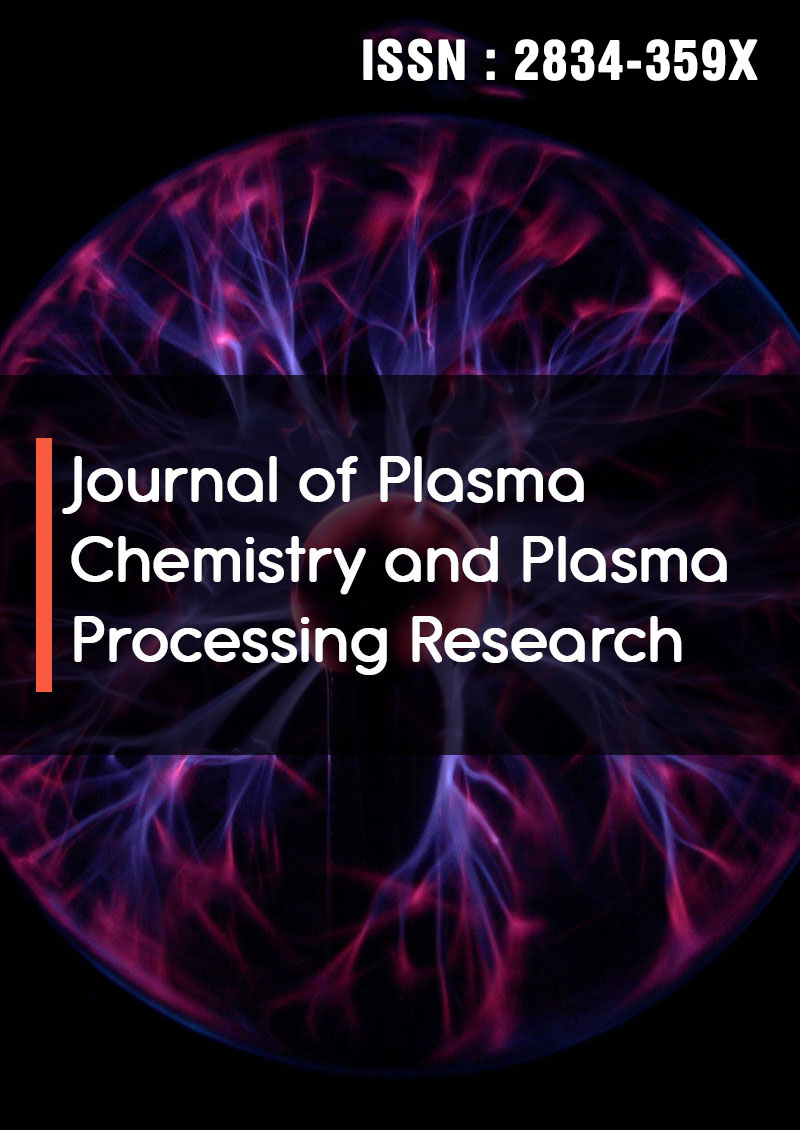New Workflow for Cryo-Electron Tomography Delivers Accurate Three-Dimensional Data Without Need of Averaging Multiple Experiments, Therefore Generating New Evidence of Mechanisms of Action
Abstract
Andrea Fera
It has been recently demonstrated experimentally that, after a temperature conditioning prior exposure to the electron beam, flashfrozen biological samples (whether or not also exposed to a heavy-metal stain) resist high electron doses inside a Transmission Electron Microscope. This first proof of concept has been limited only by the resolution of the instrument used, not equipped with aberration corrector. In such conditions, published data on individual samples cannot match the Å-resolution commonly shown by cryo-electron tomograms, which data are averages over thousands of low-resolution images. Indeed, corresponding calculated structures in publications show the most probable position of each atom in the imaged proteins, obtained with a statistical Angstrom-level uncertainty. Within such instrumental limitations, the data shown here on cryo-immobilized samples are instead the first three-dimensional images documenting precisely the organization of proteins in a solution, flash-frozen in action and imaged directly, without the need to average many experiments. Therefore, these figures show only instantaneous molecular configurations. Actually, it is rather well-known that during action (i.e. during a protein-protein interaction) atoms are not necessarily in their average positions. Therefore, this new sample pre-conditioning, done at low-temperature and before exposure to the electron beam, delivers for the first-time accurate 3D measurements of protein organization in solution. This direct experimental evidence altogether, if confirmed, may constitute a basis to revisit some theoretical models describing some protein functions, e.g. for the two cases presented here, the influenza virus and tubulin, i.e. the most abundant protein in the human body.




